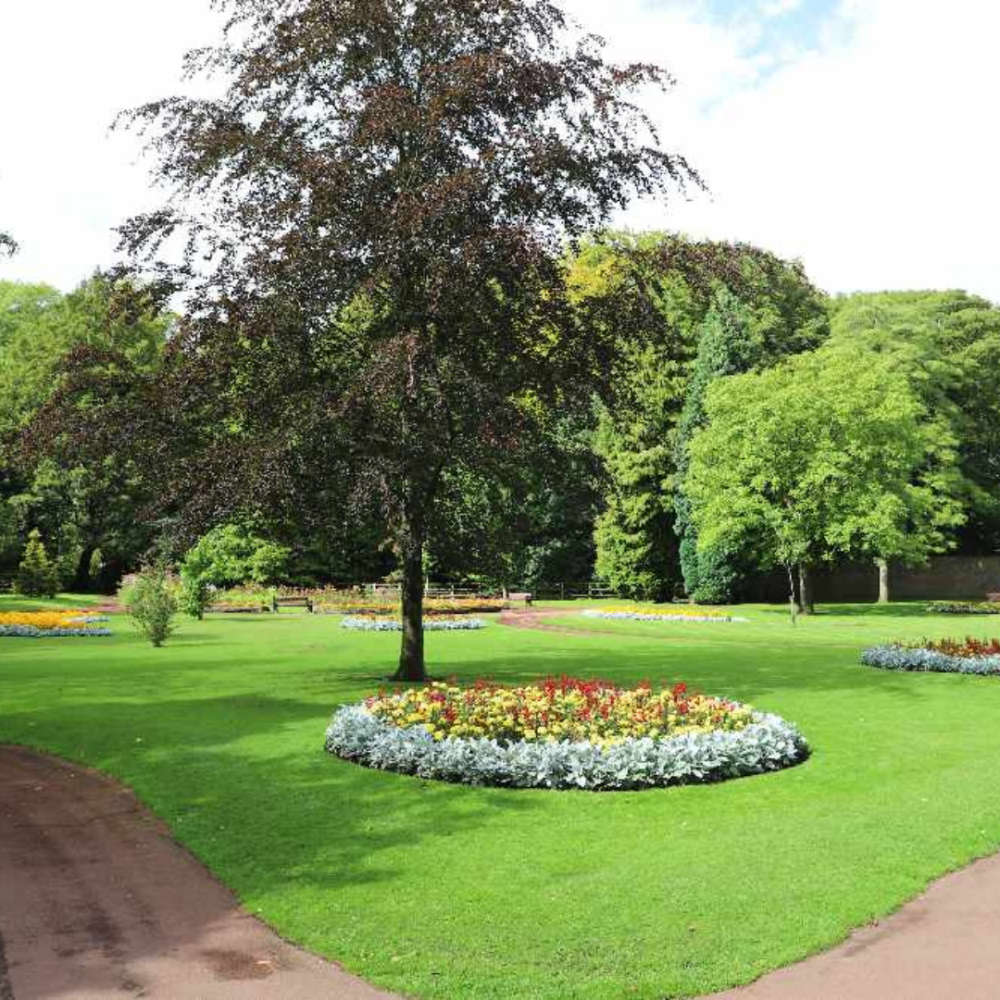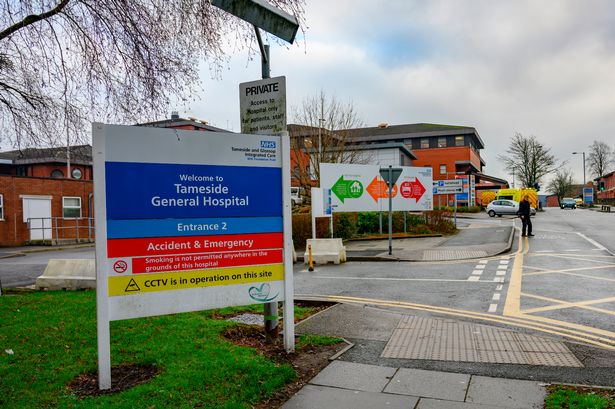
The Council is formalising the changes they have made to their mowing regime over the past couple of years.
The new regime includes extending the changes to additional areas within some of these sites, demonstrating their commitment to enhancing biodiversity and encouraging nature recovery.
Designated areas of grass will continue to be cut on a once-a-year mow to allow meadow grasses, wildflowers and other native species to flourish. By increasing the variety of plants in these areas, the Council hopes to support a wide range of pollinators, birds, and other wildlife that rely on these habitats.
These areas will be left unmown from March onwards to create meadows and natural grass verges. They will be cut in the autumn and the grass collected and removed.
Working with the High Peak Biodiversity Network, the Council will record species and monitor the changes over the years - a continuation of the work which Buxton Field Club is already carrying out at Serpentine Walks.
These sites will act as a trial with a view to expanding this to additional sites in the coming years.
Sports pitches and formal lawns will continue to be maintained to the current high standards.
Councillor Damien Greenhalgh, Deputy Leader and Executive Councillor for Regeneration, Tourism and Leisure, said: "In line with our Parks Strategy this is an important step in ensuring we're managing our parks and open spaces sustainably and that they are supporting our nature recovery ambitions.
"We all know the value of spending time in nature for our mental and physical health and we want to nurture these valuable community amenities so that they benefit everyone now and in the future whilst protecting our natural heritage."
The designated sites in Buxton are Ashwood Park; Granby Road; Temple Fields; Gadley Lane (Serpentine Woods North); and Serpentine Walks. In Glossop, the chosen sites are: Manor Park; Bankswood Park and Glossop Cemetery. Areas in the Memorial Park in Whaley Bridge are also part of the trial.
Climate change and Environment Executive Councillor, Jean Todd, said: "By adopting this reduced mowing strategy we aim to create richer and more diverse habitats which we know are good for the environment and our local wildlife.
"Monitoring the changes is key as it will allow us to assess how effective this approach is in the High Peak before we consider expanding it to other areas of the Borough which is in line with our Plan for Nature.”
Specific areas of land within these parks and open spaces will formally move to a once a year cut and collect mow, allowing for meadow grass and other native species to flourish. This approach is informed by scientific evidence, which suggests that carefully timed mowing and the collection of grass cuttings can create better conditions for a variety of plant species to thrive. This method reduces soil nutrient levels, which helps to suppress the dominance of fast-growing grasses, creating space for wildflowers and other native plant species to flourish. By increasing plant diversity, we hope to support a wide range of pollinators, birds, and other wildlife that rely on these habitats
How will this work?
The new management and formalised mowing schedules will involve:
-
Areas of grass to be left unmown from March to create meadows and natural grass verges. This has already been taking place at some of the sites listed above where areas will be extended
-
Bio blitz recording events to establish and record base line species to enable us to monitor species change over the years. We will be working with High Peak Biodiversity Network who already undertake this at Serpentine Gardens.
-
A once a year cut and collect during a September-October window, with all grass cuttings to be collected and removed.
Why are they making this change?
Traditional frequent mowing often encourages the growth of nutrient-demanding grasses while limiting opportunities for other plant and native species to establish. By adopting this reduced mowing strategy, HPBC aim to create richer, more diverse habitats that benefit the environment and local wildlife. The sites chosen will allow them to assess how effective this approach is in real-world conditions, ensuring it aligns with both scientific evidence and the needs of our community.
What to expect
Visitors to the parks and open spaces may notice areas with longer grass and greater plant variety. Framing strips or similar will be cut next to footpaths where these border with the areas of longer meadow grass. Cut-and-collect mowing typically takes 2-3 years to show noticeable improvements in wildflower growth. However, the exact timeline may vary depending on the soil, existing vegetation, and local conditions. Growth will be monitored throughout the year and adjustments may be needed to optimise results.
Changes at these sites will act as a trial phase, with a view to expand the initiative across additional sites in the coming years. This is an important step in managing parks and open spaces sustainably, balancing ecological health with the need to maintain attractive, functional parks and spaces for everyone to enjoy. Nature is a vital resource for improving physical and mental health for the community and HPBC believe they can nurture these amenities for the benefit of future generations while protecting our natural heritage.


 A new chapter at Glossopdale Foodbank
A new chapter at Glossopdale Foodbank
 Sweet success: Cakes by Lucy wins prestigious wedding award
Sweet success: Cakes by Lucy wins prestigious wedding award
 HIV testing programme launches at Tameside Hospital
HIV testing programme launches at Tameside Hospital
 Greater Manchester launches world-first wellbeing series
Greater Manchester launches world-first wellbeing series

